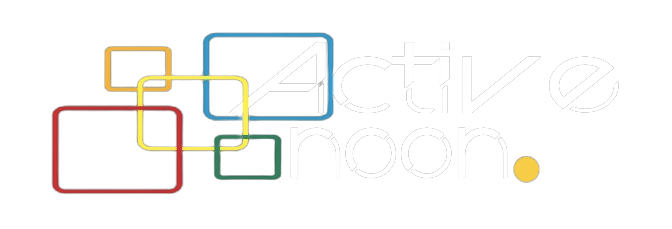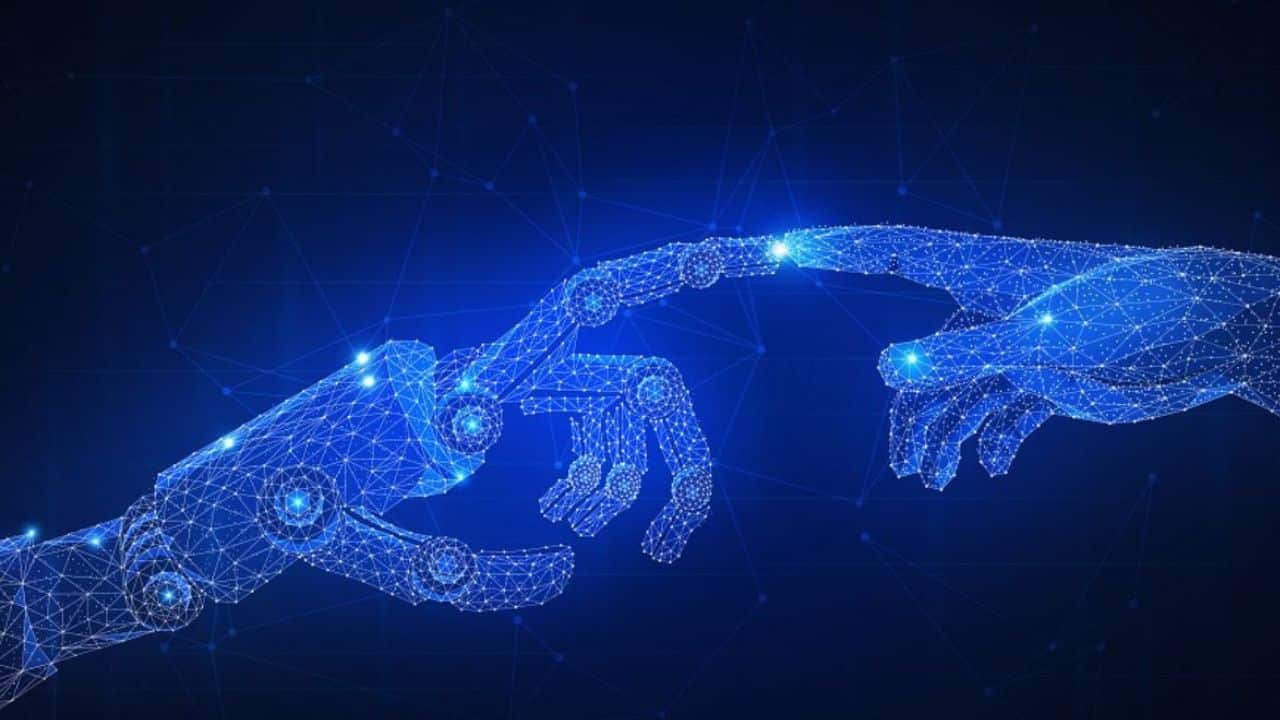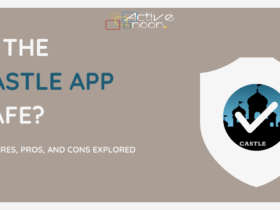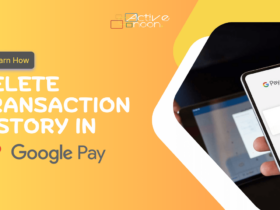DeFi is unquestionably the leading disruptor of blockchain technology. In addition to developing superior alternatives to conventional financial practices, it has also introduced novel financial concepts like synthetic assets. Due to DeFi’s rapid transformation of the financial world, you must seek new opportunities.
Top Use Cases of DeFi Smart Contract Development in 2023
1. P2P borrowing and lending
Due to the elimination of traditional banking systems by DeFi, the emergence of a lending and borrowing use case is essential. Despite this, the DeFi ecosystem is suitable for P2P lending and borrowing. Multiple DeFi projects focusing on this use case have already been launched. Like Compound and Pool, borrowing and lending protocols for assets are based on interest.
2. Insurance
The insurance market is one of the most effective applications of distributed finance and one of the most significant financial sectors. The current insurance system needs to be improved by excessive paperwork, obsolete auditing systems, and cumbersome insurance claim procedures.
The successful DeFi smart contract development could resolve these issues with the current system.
Numerous DeFi initiatives (Nexus Mutual, Open, and VouchForMe) provide blockchain-based insurance against it and smart contract-related risks.
3. Digital identity
Recently, digital identities based on blockchain technology have gained popularity. However, pairing them with DeFi protocols would facilitate their entry into the global economic system. In addition, the underprivileged could access DeFi applications from any Internet location using the new type of digital identity. Moreover, it may be one of the potential use cases.
Also read – How DeFi Token Improves Your Business Profitability?
4. Infrastructure Tooling
DeFi protocols are designed with composability in mind, so disparate components of a system can establish connections and exchange data quickly and easily. Using the required full-stack tools and security integrations, Ethereum developers and product teams can now construct and launch DeFi protocols.
5. Asset Management
One of the most significant effects of DeFi is that users now have greater control over their assets. Many of the leading it projects provide users with solutions for managing their assets, such as purchasing, selling, and transferring digital assets. Users can earn interest on their digital purchases as a result.
DeFi, in contrast to the conventional financial system, allows users to keep sensitive information private. Consider the private keys or passwords for your financial accounts; previously, you were required to divulge this information to relevant parties.
Metamask, Argent, and Gnosis Safe are DeFi projects that aid users in encrypting and storing this information on their devices. This ensures that only users can access and manage their accounts and assets. Consequently, asset management is one of decentralized finance’s most practical user applications.
6. Derivatives and Artificial Assets
The creation of tokenized derivatives via smart contracts has become one of the most innovative applications of DeFi. Tokenizing a product entails basing an agreement’s value on a financial asset or set of assets. This underlying financial asset functions as a conventional security comprising bonds, fiat currencies, commodities, market indices, interest rates, or stock prices.
Now, tokenization of derivatives refers to secondary securities whose value fluctuates based on the value of the primary securities underlying them (bonds or fiat currencies). Therefore, products produce artificial assets. Synthetix and dYdX are two of the most prominent tokenized derivatives-centric DeFi projects.
Also read – how to become a smart contract developer
7. Improved Digital Identity
In recent years, digital identity systems based on blockchain technology have gained significant traction. Combining these identity systems and DeFi protocols could facilitate access to the global economic system. The conventional approach uses a person’s income or accumulated assets as creditworthiness indicators. With a digital identity coupled with it, it is possible to evaluate additional practical characteristics, such as financial activities and professional competence. This new digital identity could allow disadvantaged individuals to access DeFi applications from any Internet-connected location. Certainly, this is one of the potential applications.
8. Video games and eSports
The days when video games were merely a form of entertainment are long gone. In-app purchases and loot boxes are commonplace in most new video games. These features enable players to acquire new characters and tool skins using real-world currency.
Using DeFi, game developers can use DeFi coins to implement current incentive or reward models. Gaming and eSports will likely become one of the largest markets as users become more tech-savvy and receptive to emerging technologies.
9. Stablecoins
Using DeFi smart contracts, stablecoins, digital assets pegged to the value of a fiat currency or commodity, are created. These smart contracts allow for the creation of decentralized, transparent, and low-volatility stablecoins, making them an ideal medium of exchange.
10. Tokenization
Central to the DeFi ecosystem is the tokenization of assets. Tokenization is the distribution and administration of digital assets on a blockchain network. As any asset can be tokenized and stored on a blockchain, a new economic system is effectively created.
NFTs, for example, tokenize digital assets whose value is determined by the scarcity and demand for a particular digital service. Numerous initiatives in decentralized finance are working on tokenizing digital support for the creation, storage, and exchange of value.
Last Words
Given the sheer number of DeFi projects and use cases, it is evident that DeFi is prominent in the global economic ecosystem. It has created viable alternatives, new markets, and business opportunities. Additionally, DeFi can outperform legacy systems and technologies in every way imaginable.
However, it still faces several obstacles and challenges. People are still hesitant to adopt new strategies and practices because of skepticism and a lack of education.



















Leave a Reply